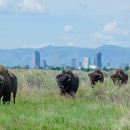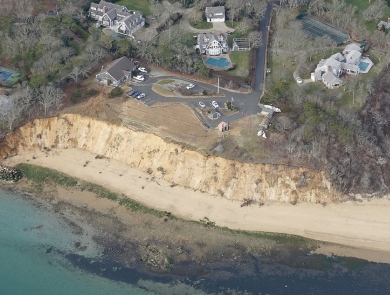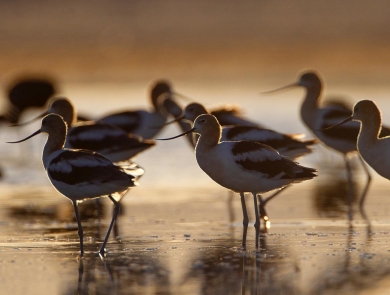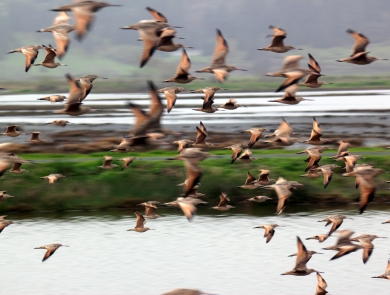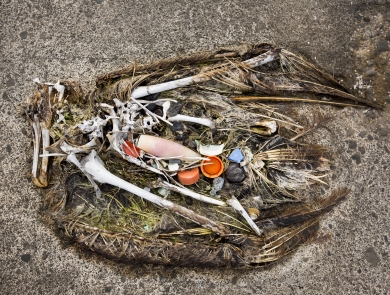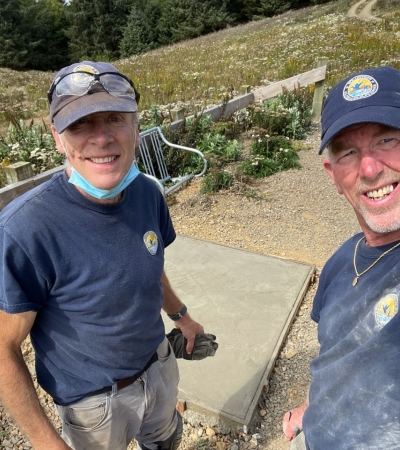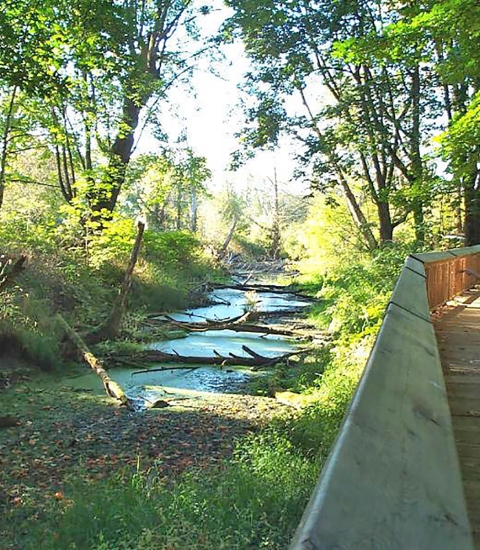Facility
Location
7200 Quebec Street Bldg 121
Commerce City, CO 80022
United States
Volunteer Position Overview
About This Position
Please note we are looking for someone with consistent Saturday afternoon availablity. The goal of the Visitor Center Front Desk volunteer is to interact with visitors and enhance their experience while at the Rocky Mountain Arsenal National Wildlife Refuge by providing information about wildlife, refuge activities, and resources. They greet visitors, answer questions, and give recommendations and directions. Volunteers will work during visitor center open hours and sign-up for their shifts a month ahead of time. No lodging will be provided.
Duties/Activities
Stories About Volunteering
Other Ways to Work with Us
Are you looking for something different than a volunteer opportunity? The Fish and Wildlife Service employs around 9,000 people nationwide and offers great internship opportunities every year.
